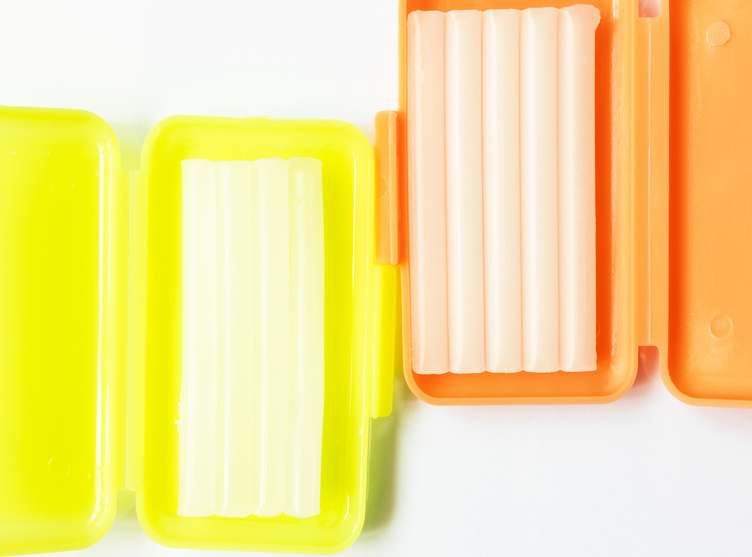
Wax for braces is a useful tool for individuals wearing braces to help reduce discomfort caused by the brackets and wires rubbing against the inside of the cheeks and lips. In this article, we will discuss helpful information about orthodontic wax: how to use wax for braces properly, when it should be applied, and other tips to help ensure you get the best results.
What is Orthodontic Wax?
Orthodontic wax is a common dental tool that prevents braces, retainers, and other orthodontic devices from making contact with lips, cheeks or tongue. The wax provides an extra layer of protection between rough edges and the soft tissues of gums and mouth during your orthodontic treatment.
When you first have braces fitted to your teeth, they can be uncomfortable as the braces can rub against the insides of your cheek or gum. It can be irritating, so commonly you will be provided with a pack of essentials, including dental wax, to relieve the pain. You can also purchase dental wax at most pharmacies and your orthodontist clinic will provide to your free or charge.
Most orthodontic wax on the market is made with beeswax or carnauba wax. Wax is non-toxic so you don’t have to worry if you accidentally swallow some. You can apply wax over your braces overnight, and simply re-apply as you drink and eat throughout the day.
How To Use Wax on Braces?
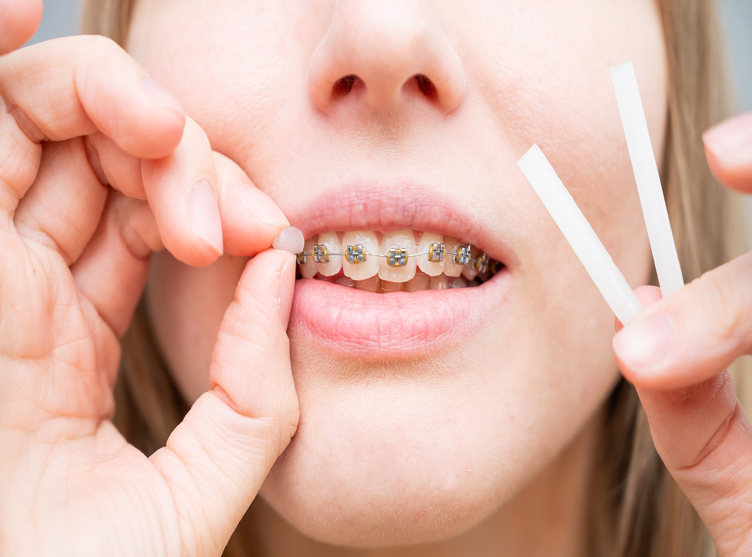
Close-up portrait of a young woman applying orthodontic anti-scratch wax to the braces.
Here are the steps to use wax on braces:
- Clean the braces: Before applying wax, make sure to wash your hands, brush and floss your teeth to remove any food particles that may be stuck in the braces.
- Take a small piece of wax: Using clean hands, break off a small piece of wax, about the size of a pea.
- Roll it into a small ball: Roll the piece of wax between your fingers to soften it and make it more malleable.
- Application: Using your fingers or a clean toothpick, apply the ball of wax to the bracket or wire that is causing irritation.
- Use your fingers to smooth the wax down and make sure it adheres well to the bracket or wire.
- Repeat if necessary: If you still experience discomfort, apply additional pieces of wax as needed.
- Removal: When you are ready to remove the wax, simply use your fingers or a toothbrush to gently peel it off.
- Reapply regularly. Do not leave the same wax on for more than two days. Remove and re-apply regularly.
When to Apply Wax on Braces?
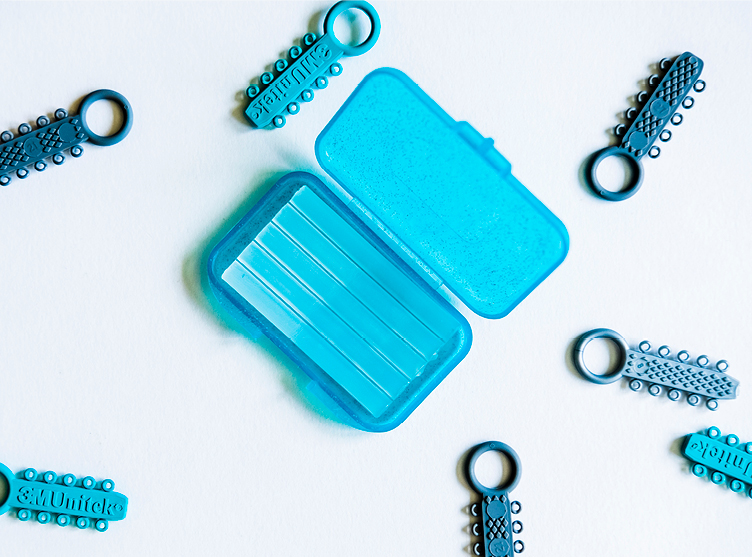
You can apply wax on braces whenever you experience discomfort caused by the wires or brackets rubbing against the inside of your mouth. Here are some common situations when you may need to apply wax:
- When you first get braces: It’s common to experience some discomfort when you first get braces as your mouth adjusts to the new hardware. Applying wax to the brackets and wires can help reduce the soreness during the initial stages of treatment.
- After an adjustment: After an adjustment appointment, your teeth may be sore and the wires may feel sharper than usual. Applying wax can help reduce discomfort during this time.
- When playing sports: If you play sports or participate in physical activities, your braces can sometimes cause discomfort if they get hit or bumped. Applying wax can help protect your cheeks and lips from the brackets and wires during sports activities.
- During special events: If you have a special event, such as a wedding or a presentation, and you’re worried about your braces causing discomfort, applying wax can help reduce the chances of this happening.
How does Braces Wax help?

Dental wax is a helpful tool for many orthodontic procedures, especially for new braces. The brackets and wires of braces can sometimes rub against the inside of your cheeks and lips, causing irritation and soreness. Applying wax can help reduce friction between your braces and the soft tissues around your cheek, lips or gums.
Additionally, dental wax can create a protective barrier between the wires and the inside of your cheeks and lips. This can help prevent cuts, scrapes, and sores from forming and reduce the risk of infection. If you already have a sore spot caused by our braces, applying wax can help provide temporary relief by cushioning the affected area and preventing further irritation.
Braces wax is a temporary solution that can help reduce discomfort to the gums and soft tissues caused by braces. It can be easily removed when it’s no longer needed, and it can be reapplied as often as necessary.
It’s important to note that braces wax is not a substitute for good oral hygiene, and it should be used in conjunction with regular brushing and flossing to keep your teeth and gums healthy. If you experience persistent discomfort or pain, you should speak to your orthodontist.
How to Remove Wax from Braces?
Removing wax from braces is a simple process that can be done using the following steps:
- Soften the wax: To make it easier to remove the wax, you can try softening it first by eating a warm meal or using a warm washcloth to gently heat the area.
- Using your finger, gently peel the small amount of wax off the braces. Start at one end and work your way across, being careful not to dislodge the brackets or wires.
- Use a toothbrush: If there is still some wax remaining on the wires, you can use a toothbrush to gently scrub it off. Use a circular motion to loosen the wax, then rinse your mouth with water.
- Use dental floss: If the wax is stuck between two teeth or behind a wire, you can use dental floss to gently remove it. Slide the floss between the teeth or behind the wire and use a sawing motion to remove the wax.
- After removing the wax, rinse your mouth with water to remove any remaining residue.
It’s important to note that you should never use sharp or pointed objects, such as toothpicks or sharp instruments, to remove wax from braces.
Precautions When Using Dental Wax
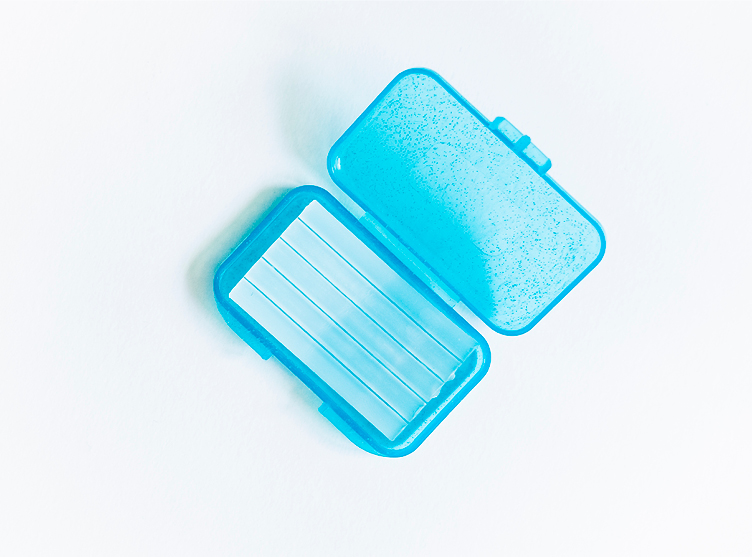
When using dental wax, it is important to take certain precautions to ensure safe and effective use.
- Ensure your teeth are clean and dry before applying the wax. It will help the wax adhere better to the surface of your teeth and create a smoother finish.
- Make sure you read and follow the instructions on the packaging of any dental wax you purchase. Different products may require different usage instructions, and you must use the wax correctly.
- If you experience discomfort while using dental wax, discontinue use immediately and consult a dentist if necessary.
- Ask your dentist or orthodontist for advice when using dental wax; they will be able to provide you with additional information on how best to use it, as well as any potential side effects that may occur.
Alternative Solutions to Orthodontic Wax
Apart from orthodontic wax, other solutions provide relief and comfort when braces rub your mouth and cheeks. Here are some alternative options:
Sugar-free Chewing Gum
Chewing sugar-free gum can help relieve the soreness and discomfort of braces and promote saliva production.
Saltwater Rinse
Rinsing with salt water can help soothe a sore mouth due to braces, reducing inflammation and pain. When you wash your mouth with salt water, it also helps heal the irritated area in no time.
Dental Wax Strips
These strips provide a more discreet option for those who prefer a discreet solution. They are also more comfortable than traditional orthodontic wax, providing better coverage and protection while being less visible. They come in various shapes and colours and are easy to apply and remove.
Conclusion
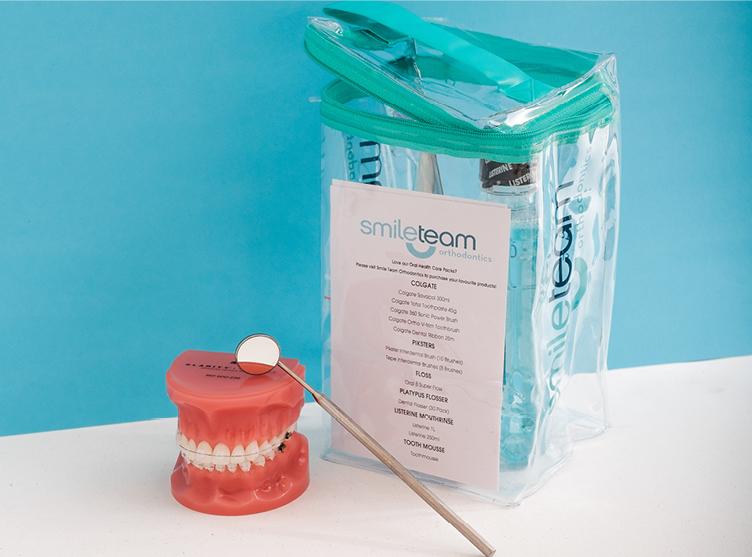
Wearing orthodontic wax (beeswax or carnauba wax) is not compulsory for your entire orthodontics treatment. It is designed to serve a temporary aid to ease discomfort. In time, the soft tissues will toughen up to resist rubbing. Clear aligners are less likely to cause discomfort than other braces.
Additionally, you can use orthodontic wax on a broken tooth. It helps avoid cutting the tongue or the insides of the mouth.
Remember, orthodontic wax is a temporary solution to help reduce discomfort caused by braces. If you experience persistent discomfort or pain, you should speak to your orthodontist.
